Imagine stepping into a vast and otherworldly landscape, where towering dunes undulate like frozen waves and the air shimmers with heat. Welcome to the enchanting deserts of Africa, where nature’s creativity knows no bounds. From the vast Sahara to the ancient Namib, each desert is a tapestry of geological wonders, teeming with diverse life and steeped in cultural traditions. Join us as we venture into these enigmatic environments, unraveling their secrets and discovering the beauty and resilience that thrive amidst the unforgiving sands.
Deserts in Africa: Where Beauty Meets Toughness
Africa’s deserts, encompassing over 60% of the continent’s land area, are anything but barren wastelands. They are captivating realms where beauty emerges from the harshest of conditions, showcasing nature’s artistry and the remarkable resilience of life. These deserts are not uniform expanses of sand; they encompass diverse landscapes, from towering sand dunes and rugged mountains to hidden oases and ancient rock formations.
The Sahara: King of Deserts
The Sahara Desert, the world’s largest hot desert, reigns supreme, stretching across eleven countries in North Africa. Its immensity is almost beyond comprehension, covering an area comparable in size to the entire United States. This iconic desert evokes images of endless seas of sand, sculpted into majestic dunes by the relentless winds. But the Sahara is also a land of surprising diversity, harboring hidden oases, rocky plateaus, and even mountain ranges that pierce the sky.
Scientists believe that beneath the Sahara’s arid surface lie ancient rivers and lakes, hinting at a time when this now-parched land was a much different environment. This intriguing possibility adds another layer of mystery to an already captivating landscape.
The Namib: Ancient Sands and Ocean Breezes
Along the southwestern coast of Namibia, the Namib Desert unfolds, a realm of timeless beauty. Here, you’ll find the oldest sand dunes on Earth, some towering over 300 meters (almost 1,000 feet) high, standing as silent witnesses to millions of years of geological history.
Unlike any other desert on Earth, the Namib meets the Atlantic Ocean in a dramatic clash of landscapes. Imagine towering dunes plunging directly into the crashing waves – a sight that captures the raw power and beauty of the natural world.
Other Deserts: Each with its Own Personality
Beyond the Sahara and Namib, Africa is home to a constellation of other deserts, each with its unique character and ecological significance:
- The Kalahari: This semi-arid savanna in Southern Africa enjoys slightly more rainfall than a true desert. It’s a land of grasslands and scattered trees, providing a haven for grazing animals like zebras and wildebeest.
- The Karoo: South Africa’s Karoo Desert captivates with its rugged beauty. Here, mountains rise from arid plains, plateaus stretch towards the horizon, and deep gorges carve through the landscape. The Karoo is also a treasure trove of fossils, offering a window into the ancient past.
- The Richtersveld: This desert in South Africa and Namibia explodes with color each spring when a vibrant tapestry of wildflowers carpets the landscape, temporarily transforming it into a floral paradise.
- The Skeleton Coast: This hauntingly beautiful stretch of coastline in Namibia is a testament to the power of nature. Littered with shipwrecks and bleached whalebones, it’s a stark reminder of the unforgiving conditions that prevail here.
- The Danakil: Situated in Ethiopia, the Danakil Desert is one of the hottest and driest places on Earth. Its otherworldly landscapes, shaped by active volcanoes, shimmering salt lakes, and colorful hot springs, make it feel like stepping onto another planet.
- The Tenere: This desert, named after the now-gone, solitary Ténéré Tree, stretches across Niger. Known for its vast “sand seas” – endless, rippling dunes – the Tenere is a place of surreal and mesmerizing beauty.
- The Libyan Desert: As the world’s largest sand sea, the Libyan Desert dwarfs even the United Kingdom in size! Yet, even in this seemingly inhospitable environment, life finds a way. Hidden within the desert’s heart lies the Siwa Oasis, a beacon of life and greenery, a testament to nature’s ingenuity.
- The White Desert: Prepare to be amazed by the White Desert in Egypt, where wind and sand have sculpted unique chalk formations over millions of years. These formations, resembling giant mushrooms and abstract sculptures, create a surreal and tranquil landscape, unlike anything you’ve ever seen.
Exploring the Sahara: The World’s Largest Hot Desert
Imagine a sea of sand so vast it could swallow entire countries, baking under the relentless African sun. That’s the Sahara Desert, a place of extremes that has captivated explorers and storytellers for centuries. Covering a third of the African continent and spanning an area roughly the size of the United States, the Sahara is a landscape that defies easy categorization.
Emerging from these shifting sands are rocky plateaus, baked hard as pottery by the sun, and even mountain ranges like the Tibesti Mountains in Chad, which rise to heights exceeding 3,000 meters (10,000 feet). The Sahara is not simply a flat expanse of sand; it is a land of surprising topographical diversity, shaped by ancient geological forces that continue to shape its contours.
Beneath the Sahara’s parched surface, scientists believe, lies a hidden network of ancient rivers and lakes, relics of a time when this now-arid region was a much wetter environment. These subterranean waterways, some possibly dating back millions of years, offer tantalizing clues to the Sahara’s past and the dramatic climatic shifts that have shaped it.
Life in the Sahara may be challenging, but it is far from absent. Creatures like the nimble gazelle, with its remarkable adaptations for conserving water, and the fennec fox, with its oversized ears that help to dissipate heat, have carved out a niche for themselves in this extreme environment. And then there are the resilient desert plants, like the Acacia tree, which can survive on minimal rainfall thanks to their deep root systems and ability to go dormant during droughts.
For centuries, nomadic groups, such as the Tuareg people, have called the Sahara home, their lives intricately interwoven with the desert’s rhythms. They navigate its vast expanse using the stars as their guide and have developed a deep understanding of the desert’s subtle signs, knowing where to find hidden oases and how to read the shifting sands.
But even the Sahara, a landscape seemingly frozen in time, is changing. Climate change is bringing new challenges, with some scientists suggesting that parts of the desert could become greener as rainfall patterns shift, while others warn of the increased risk of droughts and desertification. The Sahara, a land of constant change and adaptation, continues to challenge our understanding of the natural world.
Life on the Edge: Flora and Fauna of African Deserts
Africa’s deserts, with their scorching temperatures, limited water sources, and intense sunlight, might seem like the most unlikely places to find life. And yet, they teem with a surprising diversity of plants and animals that have not merely adapted to these harsh conditions but have evolved to thrive in them.
The plant life of Africa’s deserts is a testament to nature’s ingenuity. Instead of lush forests, you’ll find scattered patches of grasses, their roots delving deep into the parched earth in search of precious moisture. Woody plants, like the iconic Acacia trees and resilient shrubs, stand like solitary sentinels, their leaves often reduced in size or absent altogether to minimize water loss through transpiration.
These desert plants are masters of survival, having developed remarkable adaptations to cope with the challenges of their environment:
- Succulent Stems: Many desert plants, like cacti and succulents, have evolved thick, fleshy stems that act as living reservoirs, storing water during periods of rainfall to sustain them through long droughts.
- Deep Root Systems: To access deep underground water sources, some desert plants, like the Welwitschia mirabilis found in the Namib Desert, have developed incredibly long taproots that can extend for meters below the surface.
- Drought Tolerance: Desert plants have evolved a variety of mechanisms to cope with drought stress. Some can enter a state of dormancy during dry periods, while others have developed specialized photosynthetic pathways that allow them to open their stomata (pores for gas exchange) only at night when water loss is minimized.
The animals that inhabit Africa’s deserts are equally remarkable in their adaptations to survive in these extreme conditions:
- Water Conservation: Desert animals have evolved a variety of strategies to conserve water. Some, like the desert oryx, can go for weeks without drinking, obtaining the moisture they need from their food. Others, like the kangaroo rat, produce highly concentrated urine to minimize water loss.
- Nocturnal Behavior: To avoid the scorching daytime temperatures, many desert animals are nocturnal, venturing out to forage for food and water under the cooler cover of night. The fennec fox, for example, with its large ears that help to radiate heat, is primarily active at night.
- Burrowing: Seeking refuge from the heat, many desert animals, including reptiles like snakes and lizards, create burrows in the cooler sand below the surface. These burrows provide a stable microclimate, offering protection from both extreme temperatures and predators.
African deserts are not merely random collections of tough plants and animals; they are intricately connected ecosystems, each element playing a crucial role in maintaining the delicate balance of life. Plants provide food and shelter for animals; animals, in turn, aid in pollination and seed dispersal, ensuring the continuation of plant life.
Oases, those precious pockets of water in the vast expanse of desert, become vital hubs of activity, supporting a greater abundance and diversity of life. These oases, often fed by underground aquifers, are essential not only for wildlife but also for nomadic people who rely on them for water for themselves and their livestock.
Scientists are continually striving to deepen our understanding of these complex desert ecosystems. How do they cope with the constant challenges of drought and heat? How will they adapt to the growing impacts of climate change and human activities? These are questions that researchers are actively exploring, highlighting the need for continued research and conservation efforts to protect these fragile and fascinating environments.
One thing is clear: within these seemingly barren landscapes lies a world of astonishing resilience, a testament to the power of life to find a way, even on the very edge.
- Unlocking 2-Letter Words with U: The Definitive Guide - April 4, 2025
- Unlock Words with the Letters THREE: Top Unscramble Tools 2025 - April 4, 2025
- Master Scrabble: X & Z Words for High Scores - April 4, 2025
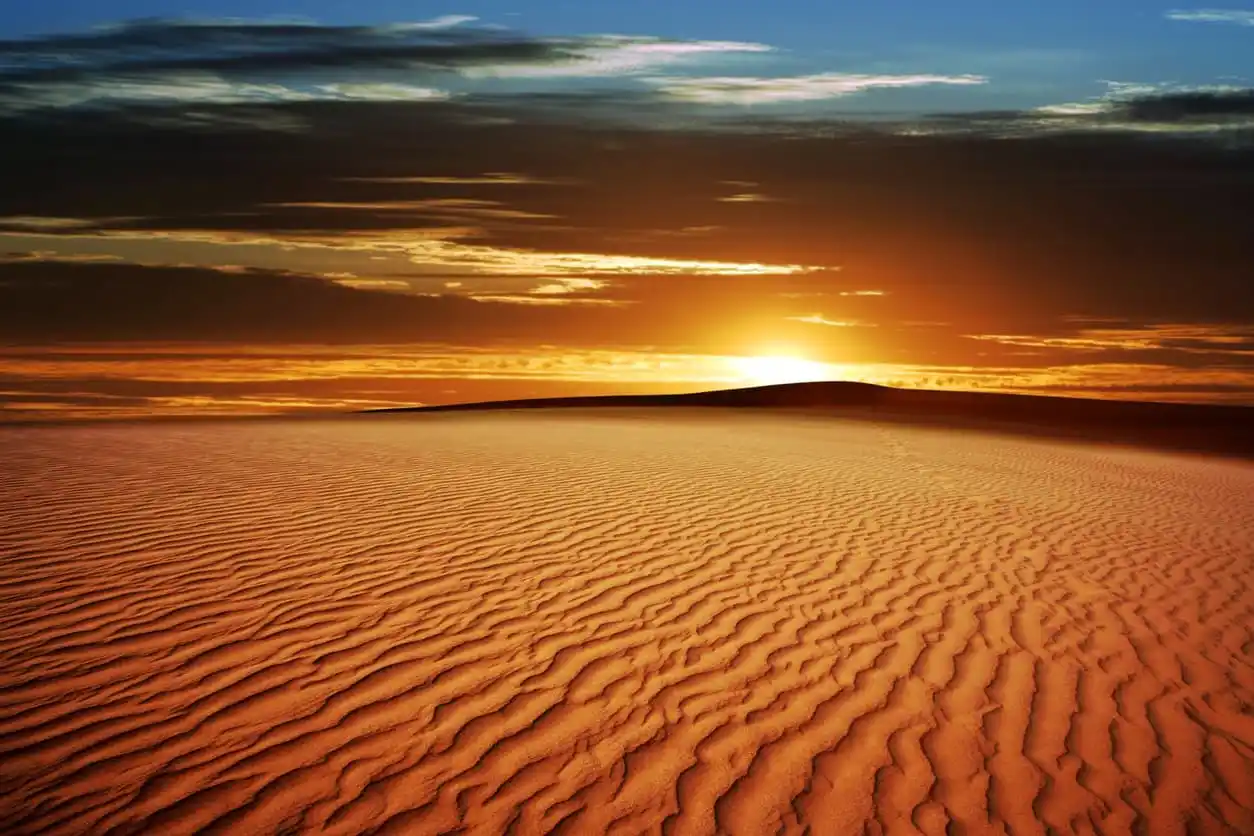
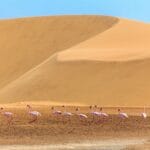
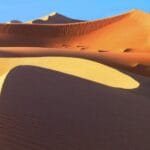
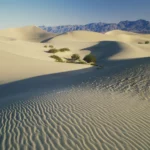
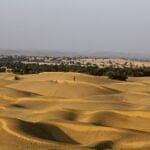
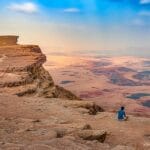











6 thoughts on “Unveiling the Beauty and Biodiversity of Africa’s Majestic Deserts”
Comments are closed.